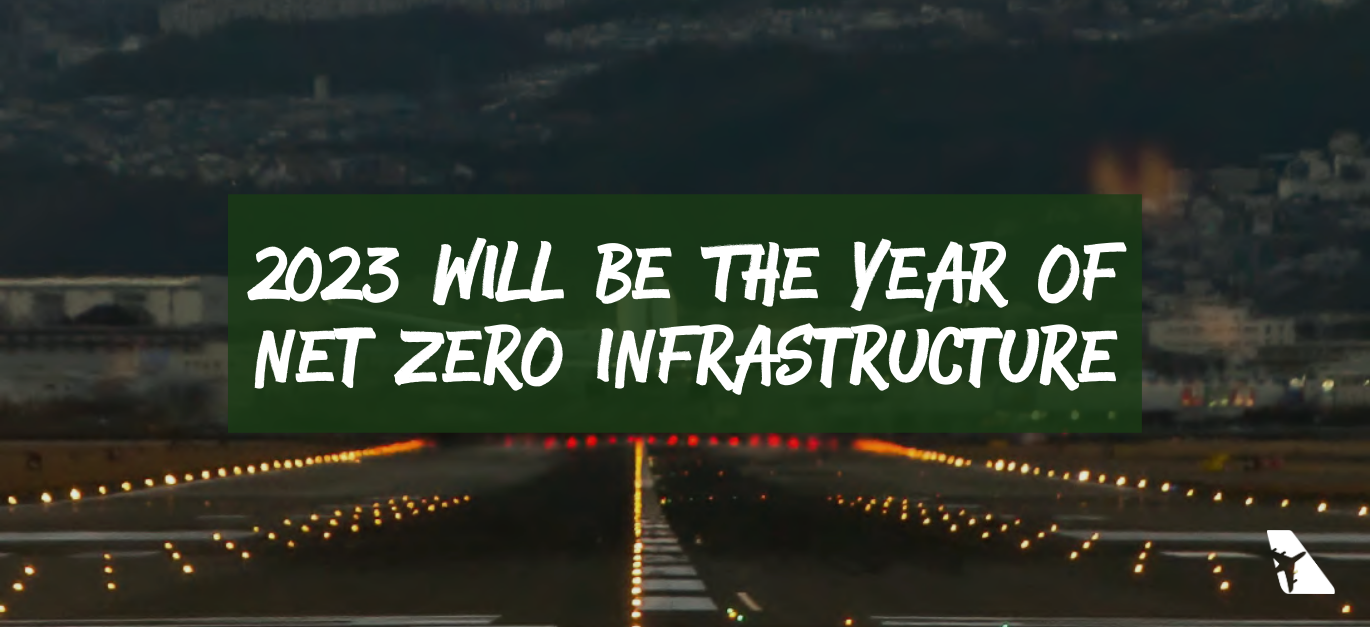ARTICLE
Holly Boyd-Boland, VP Corporate Development & Sustainab ...

Our new Sustainable Aviation 2023 Trends report looks at how and why the battle for climate action is expected to grow more heated this year and what visionary executives can do to stay ahead. Download the full report here.
Transitioning to net zero aviation means a new airport infrastructure will be required. While that was already being developed in 2022, the establishment of this will accelerate in 2023.
For example, New Zealand’s airports could become a hydrogen cluster, while Christchurch Airport in New Zealand and Hamburg Airport in Germany are cooperating on green hydrogen development.
Instead of drawing on the electricity grid, some airports are creating their own energy sources.
Edmonton Airport (YEG) in Canada is establishing a 627-acre, 120-megawatt solar farm. When completed, Airport City Solar is slated to be the largest airport solar farm in the world.
Electric aviation is a particular opportunity for smaller players. This is why we expect to see more regional airports start creating their own microgrids with the help of organisations such as Clear Skies.
For example, United Airlines has already invested in sodium-ion battery maker Natron as a way of electrifying ground equipment and providing charging capacity for electric aircraft.
Similar to the Natron / United deal, we expect to see more of these strategic investments taking place in 2023.
More aviation-specific sustainability updates and analysis can be found in our weekly Sustainability In The Air newsletter, led by SimpliFlying’s Research Director Dirk Singer. Do subscribe to our send-out to stay on top of the latest trends.
© 2022 SimpliFlying Pte. Ltd.